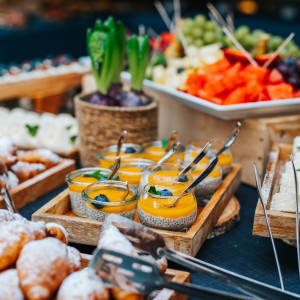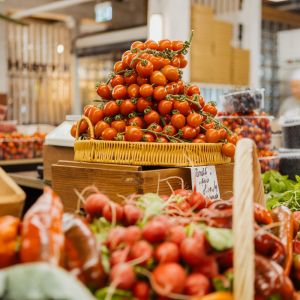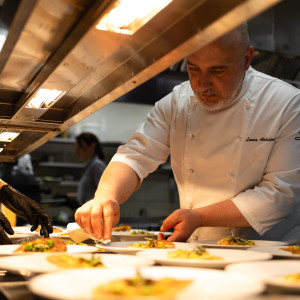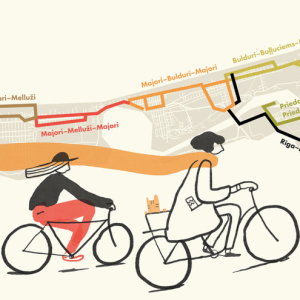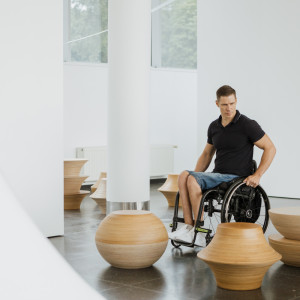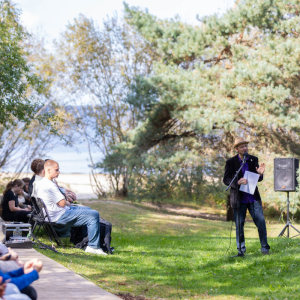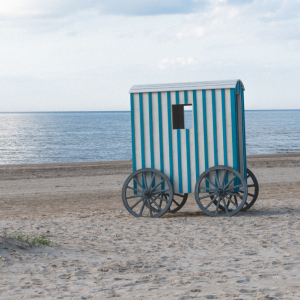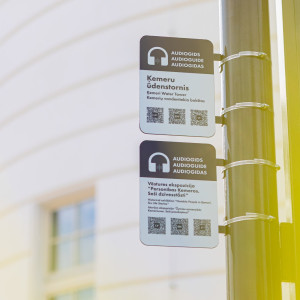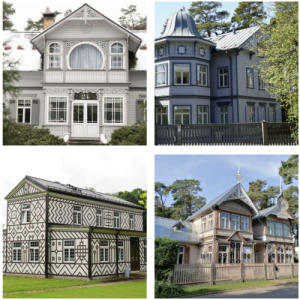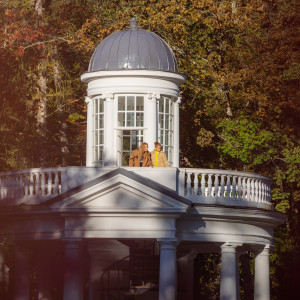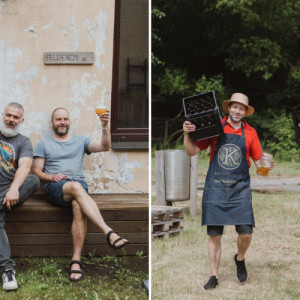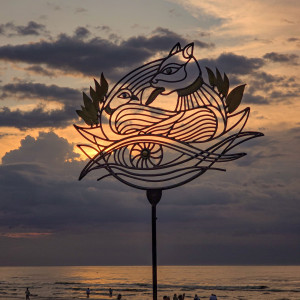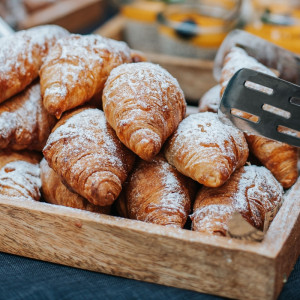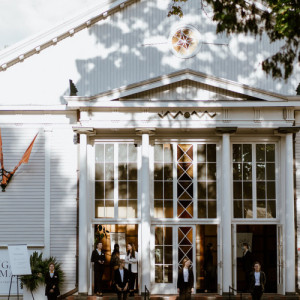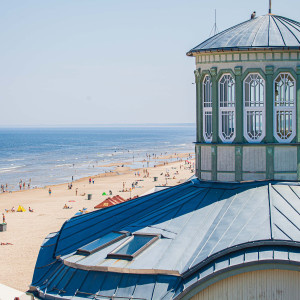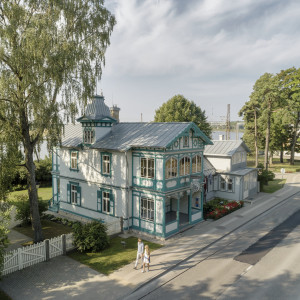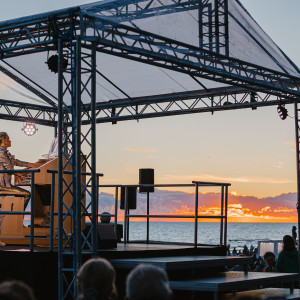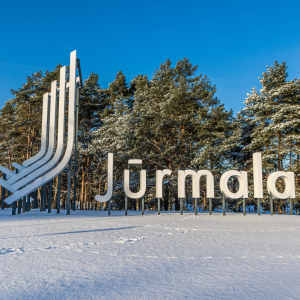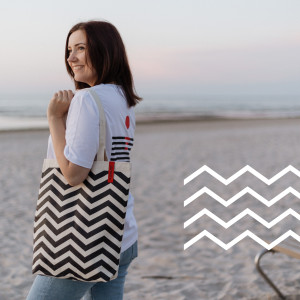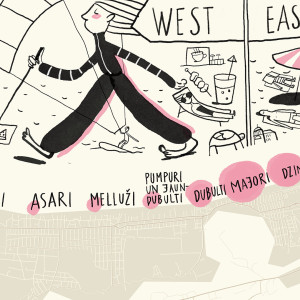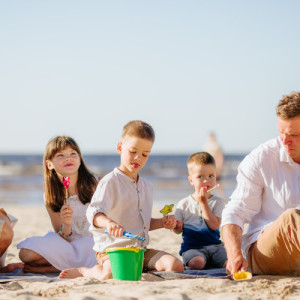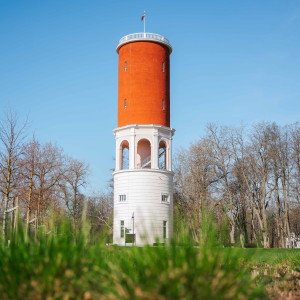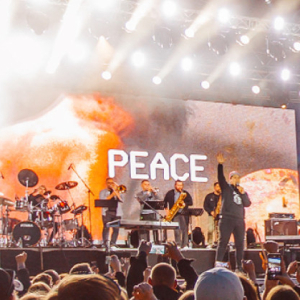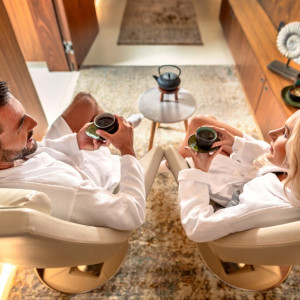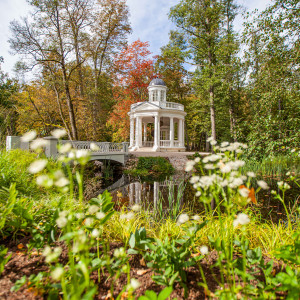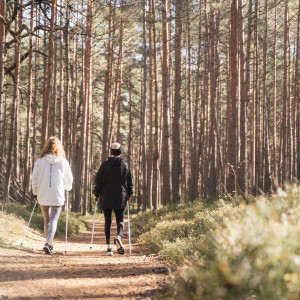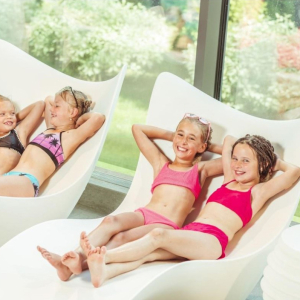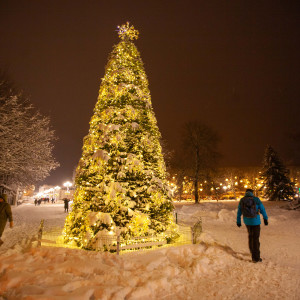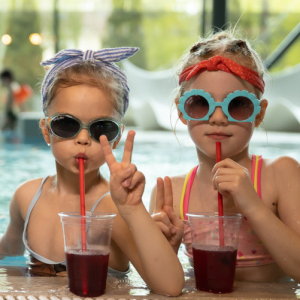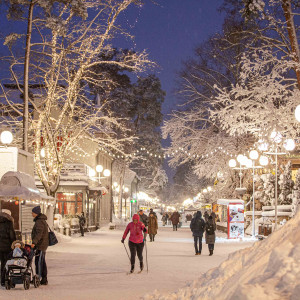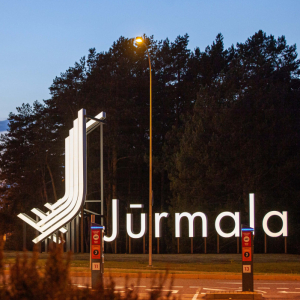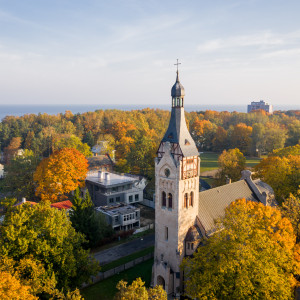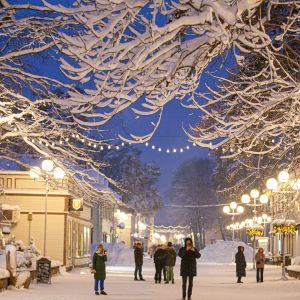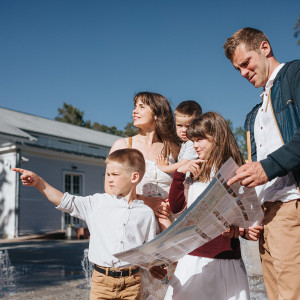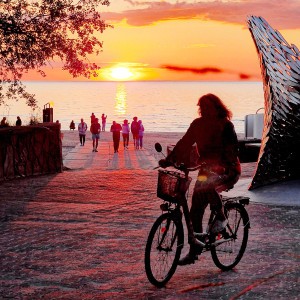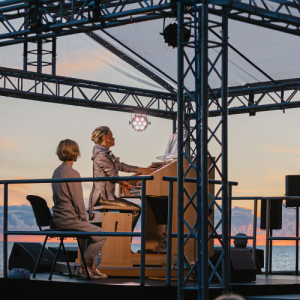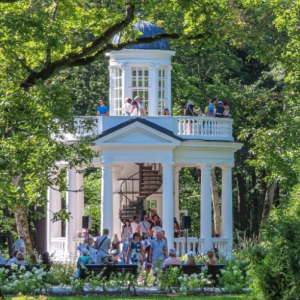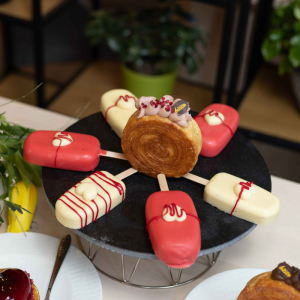Season news
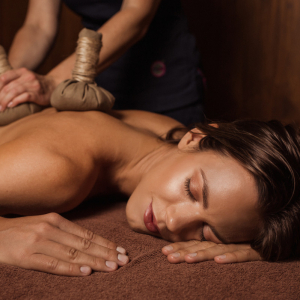
Body restart in Jūrmala Spa and medical centres
When the big festivities are over and peace is all around, the body just begs—I need a moment to take a breath! The beginning of a new year, when everything in nature is frozen, it's the right time to take a moment for YOURSELF!
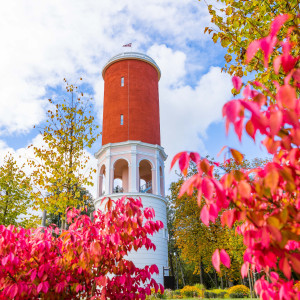
Golden autumn in the historical Ķemeri park in Jūrmala
Currently, the renovated, 20 hectares large historical park of Ķemeri in the Latvian resort town Jūrmala offers its visitors a very special atmosphere. Autumn colours the leaves in yellow, orange and red tones. Hundreds of hortensias and other plants are in bloom.
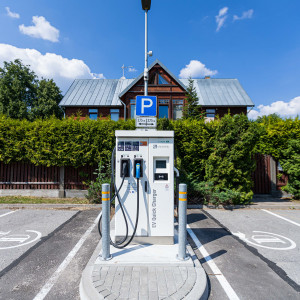
Charging stations for electric cars in Jūrmala
In the resort town Jūrmala, you can conveniently charge your electric car in 8 locations. All stations are open 24/7.

Discover Jūrmala!
Nothing compares to leisure time spent in a meaningful manner. Jūrmala invites on tours that will help to discover the secrets of the city. Specially prepared walking routes span Bulduri, Lielupe, Buļļuciems, Vecdubulti and Dubulti.
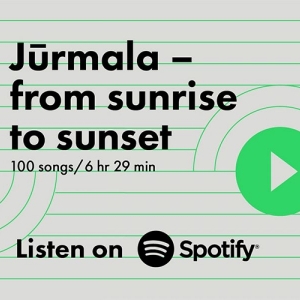
Jūrmala invites to feel the city rhythm with a special Spotify playlist
That moment when you have pressed Play, slide your phone into a warm coat pocket, and the speakers start playing great music. It seems as if Jūrmala was a film, and inspiration takes over you. Feel the atmosphere of the city anew!







